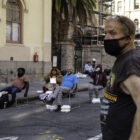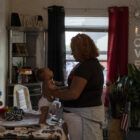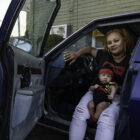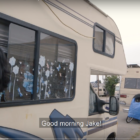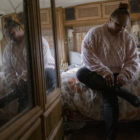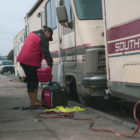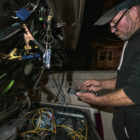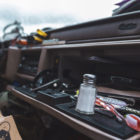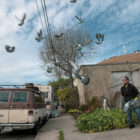Housing
Pandemic Makes Ride-Hailing Gig Untenable for S.F. Man Living in His Car
During the pandemic, parking enforcement has been lax, and the 72-hour rule that forced Gregory Nelson to park in a new spot every few days is suspended. He found peace and stability staying in one spot — his version of sheltering in place — like millions of Americans. But working from home was not possible for him. Every week he tried to drive for Lyft, Nelson grappled with out-of-pocket expenses to use the ride-hailing app: car rental fees, tolls, gas and the occasional car wash. Within weeks of the shelter-in-place order, Nelson could no longer afford driving.
